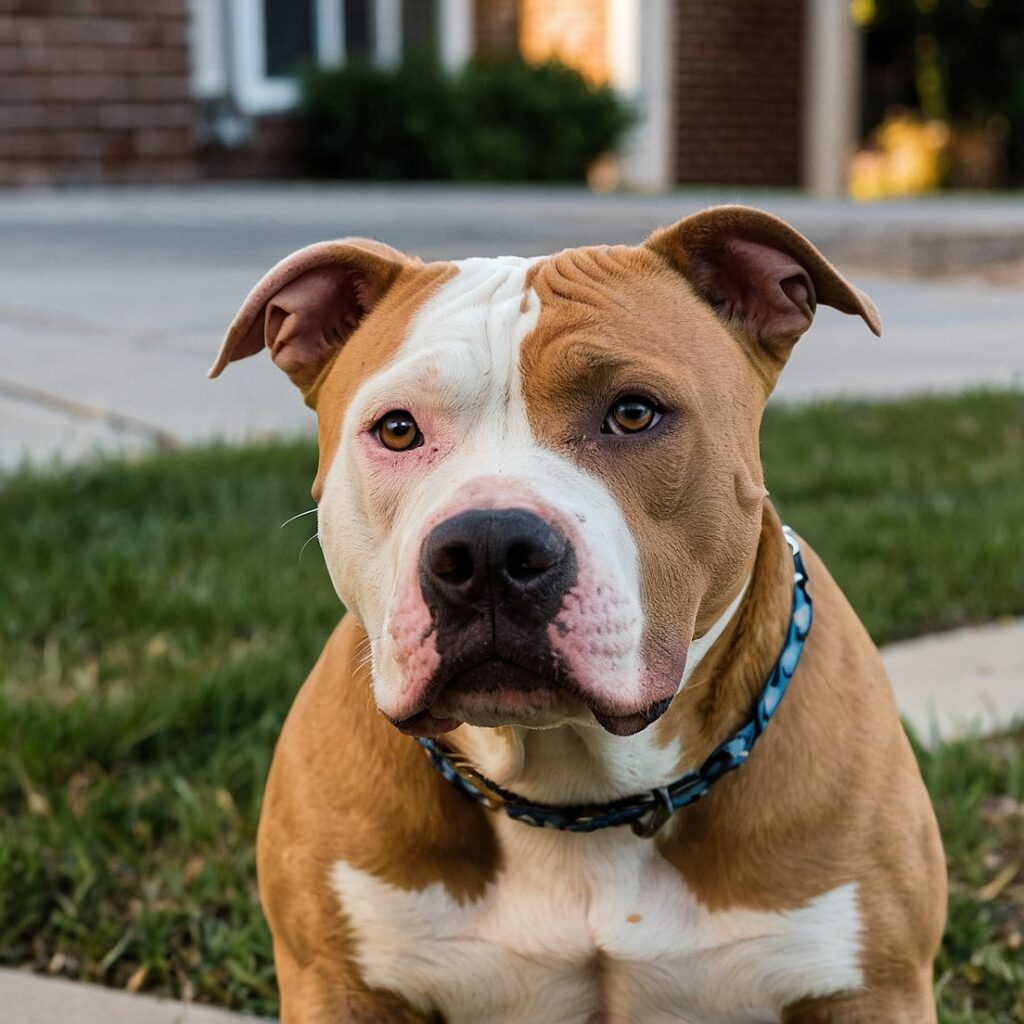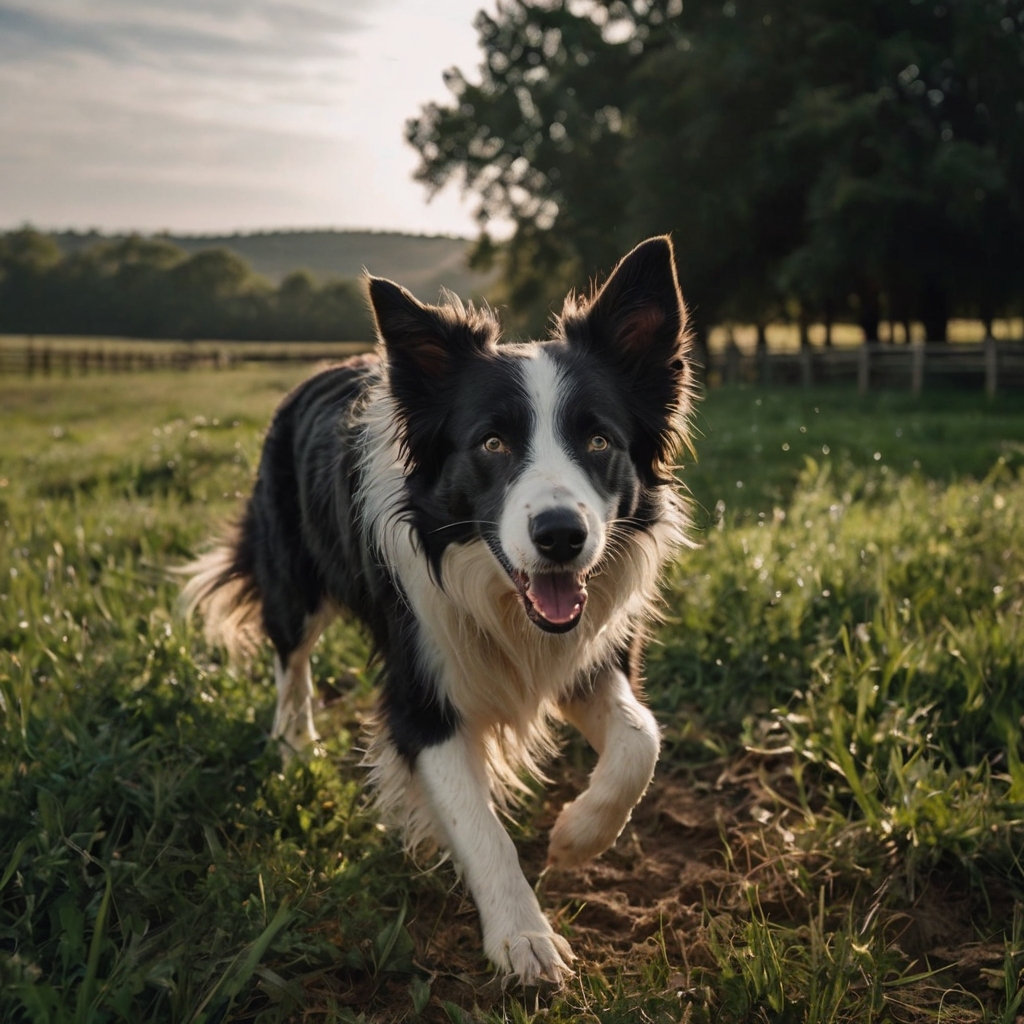Pit Bulls, a group of breeds including the American Pit Bull Terrier, the American Staffordshire Terrier, and related mixes, have a long and complex history. Known for their strength, loyalty, and determination, Pit Bulls have evolved from working dogs and fighters into beloved family companions. However, their journey has not been without challenges, as the breed’s reputation has shifted over time due to both misuse by humans and media portrayals. In this post, we’ll explore the full history of Pit Bulls, from their origins in England to their modern role in American homes.
Origins in England: Bull-Baiting and Early Uses
Pit Bulls trace their origins back to 19th-century England, where they were bred from the Old English Bulldog and various terrier breeds. This combination aimed to create a dog that was muscular and tenacious like the bulldog, but more agile and spirited like the terrier. The primary use for these dogs was bull-baiting, a popular but brutal sport where dogs were set upon bulls to subdue them.
In 1835, bull-baiting was outlawed in England due to animal cruelty concerns. However, this didn’t end the role of these dogs in cruel sports. With bull-baiting illegal, many people turned to ratting and dog fighting, where Pit Bull-type dogs were pitted against one another in matches. These activities further solidified their reputation as tenacious and powerful dogs.
The Journey to America: A Working Dog’s Role
As English immigrants made their way to the United States in the late 19th and early 20th centuries, they brought their Pit Bull-type dogs with them. In America, these dogs transitioned from fighters to all-around farm and working dogs. They were known for their versatility, helping to herd livestock, protect homes, and even hunt wild game. The breed’s loyalty, intelligence, and work ethic made them invaluable to farmers and ranchers.
It wasn’t long before Pit Bulls became recognized for their family-friendly nature as well. Their loving and protective demeanor toward children earned them the nickname “nanny dogs” in some households. The American public embraced the breed, and Pit Bulls became symbols of resilience and loyalty during times of hardship. For example, during World War I and World War II, Pit Bulls were used in propaganda as mascots, symbolizing the American fighting spirit. One famous Pit Bull, “Sergeant Stubby,” was even awarded a military rank and became a national hero for his service alongside American soldiers in World War I.

The Shift in Reputation: Media Portrayal and Breed Stigma
In the latter half of the 20th century, however, the Pit Bull’s reputation began to change. As organized dog fighting continued illegally in some circles, Pit Bulls were often bred and trained specifically for aggression by unscrupulous individuals. Their powerful build and fighting history made them targets for exploitation. As dog fighting rings were busted and isolated attacks involving Pit Bulls were reported, the media began to associate the breed with violence.
This led to a surge in negative portrayals of Pit Bulls in the news, which painted them as inherently dangerous dogs. As a result, many cities and municipalities enacted breed-specific legislation (BSL) that banned or heavily restricted ownership of Pit Bulls and similar breeds. These laws were often enacted in response to fear rather than fact, as studies have shown that a dog’s behavior is largely a reflection of its upbringing and environment.
Modern Day Pit Bulls: Advocates for the Breed
Today, despite the lingering stigma, Pit Bulls are beloved pets in many homes across the world. Advocates for the breed work tirelessly to educate the public about the true nature of these dogs. With proper training, socialization, and responsible ownership, Pit Bulls can be affectionate, loyal, and well-behaved companions.
Many rescue organizations are dedicated to rehabilitating and rehoming Pit Bulls that have been abandoned or mistreated. These groups aim to show that the breed is not inherently aggressive but rather reflects the treatment and training they receive. Pit Bull enthusiasts celebrate their intelligence, athleticism, and loving nature, highlighting that they can excel in various roles, from therapy dogs to family pets.
Final Thoughts
The history of Pit Bulls is as complex as the breed itself. From their origins as bull-baiting dogs in England to their modern roles as family companions and working dogs in the U.S., Pit Bulls have consistently shown loyalty, strength, and resilience. While they have faced challenges due to human misuse and media sensationalism, the true nature of the breed shines through when they are raised in loving and responsible environments. Today, Pit Bulls continue to break stereotypes, winning over hearts as loyal and loving pets.



